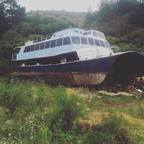This article has also been cross-posted at TransportBlog and you can comment there.
Regular readers of TransportBlog will be familiar with March Madness. With workers, students and kids all trying to use public transport simultaneously, it’s the busiest month of the year. In rush hour, trips can take an hour longer. People stand helplessly at bus stops as bus after bus sails by packed to the gunwales, with their headsigns proclaiming “BUS FULL”.
Once you do get on the bus, scenes like this are fairly common. The “no standing” line is completely ignored, and it’s your turn to watch from inside as your bus now leaves other people behind.
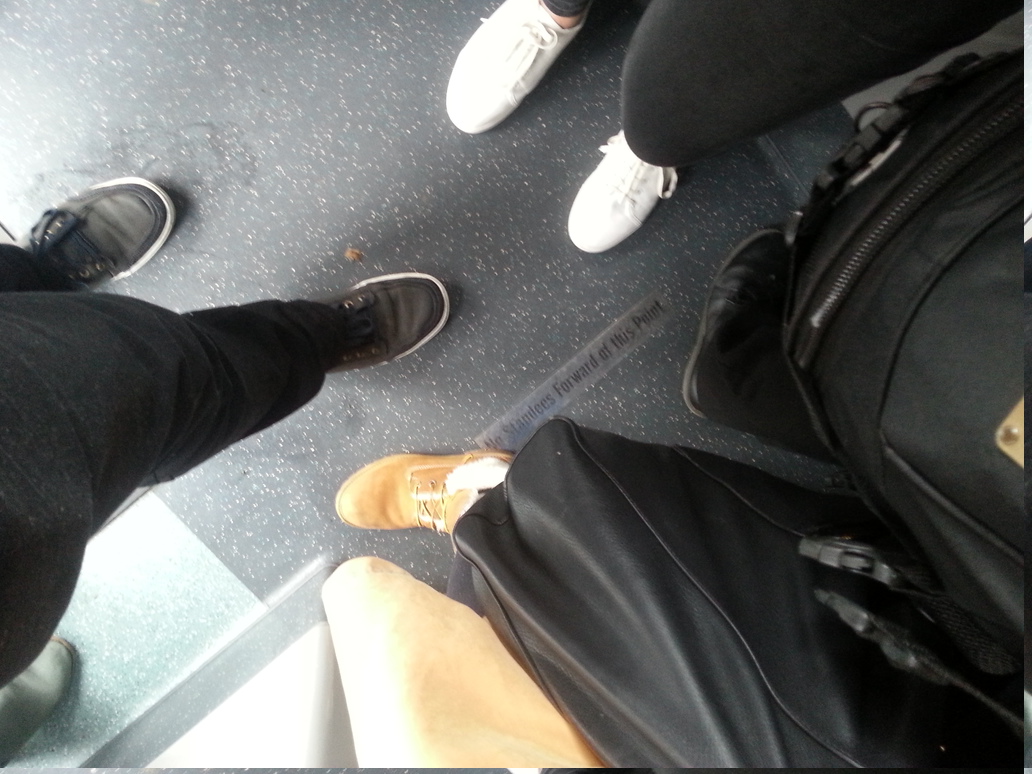

Now, Auckland Transport treat this as a temporary, transient thing. It’s a problem for a few weeks, but we can’t afford to run enough buses to solve the problem when we’d only use them for a few weeks of the year. To quote an AT spokesman, “The numbers travelling on buses and trains does increase but settles back again as students work out their schedules. The best advice is to plan ahead and try to travel outside peak times.”
Now you can debate whether that attitude is justified. Our friends at Generation Zero compiled a rather nice report on the issues people reported, and it’s been ignored by Auckland Transport. But at least it’s over now, and those of us who haven’t given up on public transport entirely can at least get on our buses.
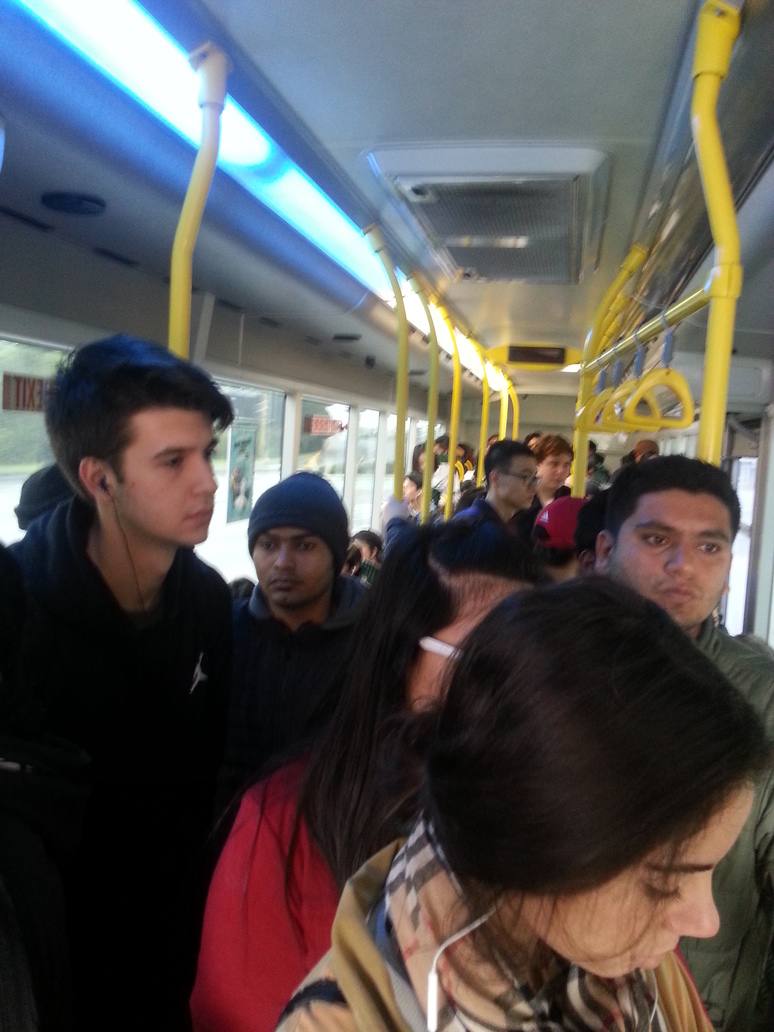
Except for one thing: these pictures aren’t from March. They’re not even from peak time. All of them were taken between May and July, this year, after 10am and before 4:30pm.
Welcome to New North Road.
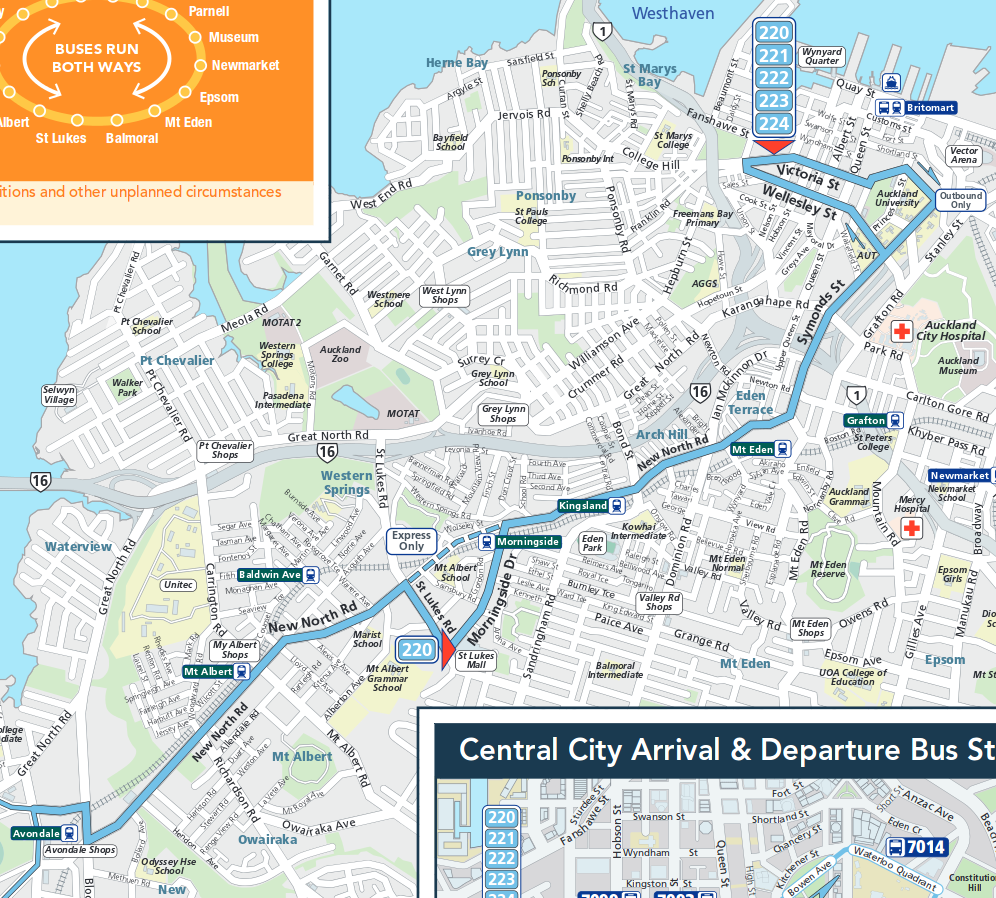
I live in Kingsland, and study at the University of Auckland. I head in and out at all times, peak, interpeak, and evening. So this gives me a good chance to see how the buses are getting used, all day. There’s a lot of students, but the crowds aren’t just timed on the hour as people try to get to lectures. There’s also lots of non-students on the buses, too - judging by the number of beeps on their Hop cards.
The last week is typical. I’ve travelled in during the peak once, and interpeak four times. Of those four, twice I was left behind by a full bus, with the next at least ten minutes behind. Three of the four times it was standing room only. Twice the standing room was in front of the line saying “no standing in front of this line”. And this is at Kingsland, not even the end of the run - so as we go through Eden Terrace, those buses are no longer picking anyone up.
On a personal level, it doesn’t matter too much being a little late. I aim to get in well before lectures so that I’ve got time to do some work. I’m also young and not travelling too far, so standing doesn’t bother me.
But none of this is helping anyone else. Auckland is trying to grow public transport use, but in order to do so it needs to actually have some capacity for growth. We’re also trying to improve the reputation of public transport, and this sort of unreliability isn’t going to convince new people to try it.
So why is the crowding so bad? Have a look at the frequency of buses between Saint Lukes and the city. The hours are the times they arrive at Victoria Park at the end of their routes.
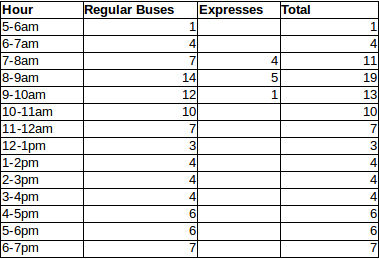
The frequencies are fairly high in the peak from 8-9, naturally, and are still high as late as 11am. But during the middle of the day they drop as low as 3-4 buses per hour. All that needs doing is to extend the frequency of buses throughout the day to be closer to the level during peak: 6 buses per hour or more. That’s what we run on Dominion Road, and less than what runs on Mount Eden Road. Some of the services can also keep running as expresses during the day, for example the 224 which starts all the way in Henderson. If it’s not going to stop in Kingsland anyway, it might as well be called an express.
You can also see that we need to extend bus lane hours and lengths. The few bus lanes along the route end at 9am - but the second-busiest hour, by the number of buses, is 9-10am.
The most infuriating part is that overcrowding off-peak is actually a good problem to have and a relatively easy one to solve. Full buses make money. Adding a new bus is expensive, but we already have them - there’s extra buses running during the peak hours, so all that’s needed is to run them at higher frequency a little longer. That’s good for business. It’s good for drivers, who can avoid split shifts or short shifts. And it’s good for passengers, current and potential.
Increasing frequency off-peak also helps with peak crowding. If the service is more attractive, more people will try to move their travel to avoid the peak.
Solving the overcrowding during the peak and in March is harder. There’s issues with the buses bunching once they get too frequent, for example. It’s going to take double decker buses, more frequency, more bus lanes, and maybe even light rail. But crowding in the interpeak? We could fix that right now, and it’ll make money, not cost money.
